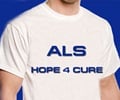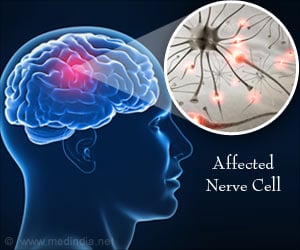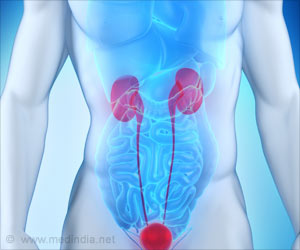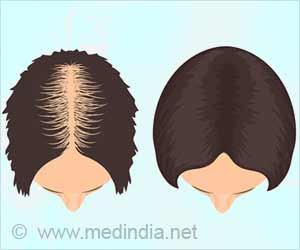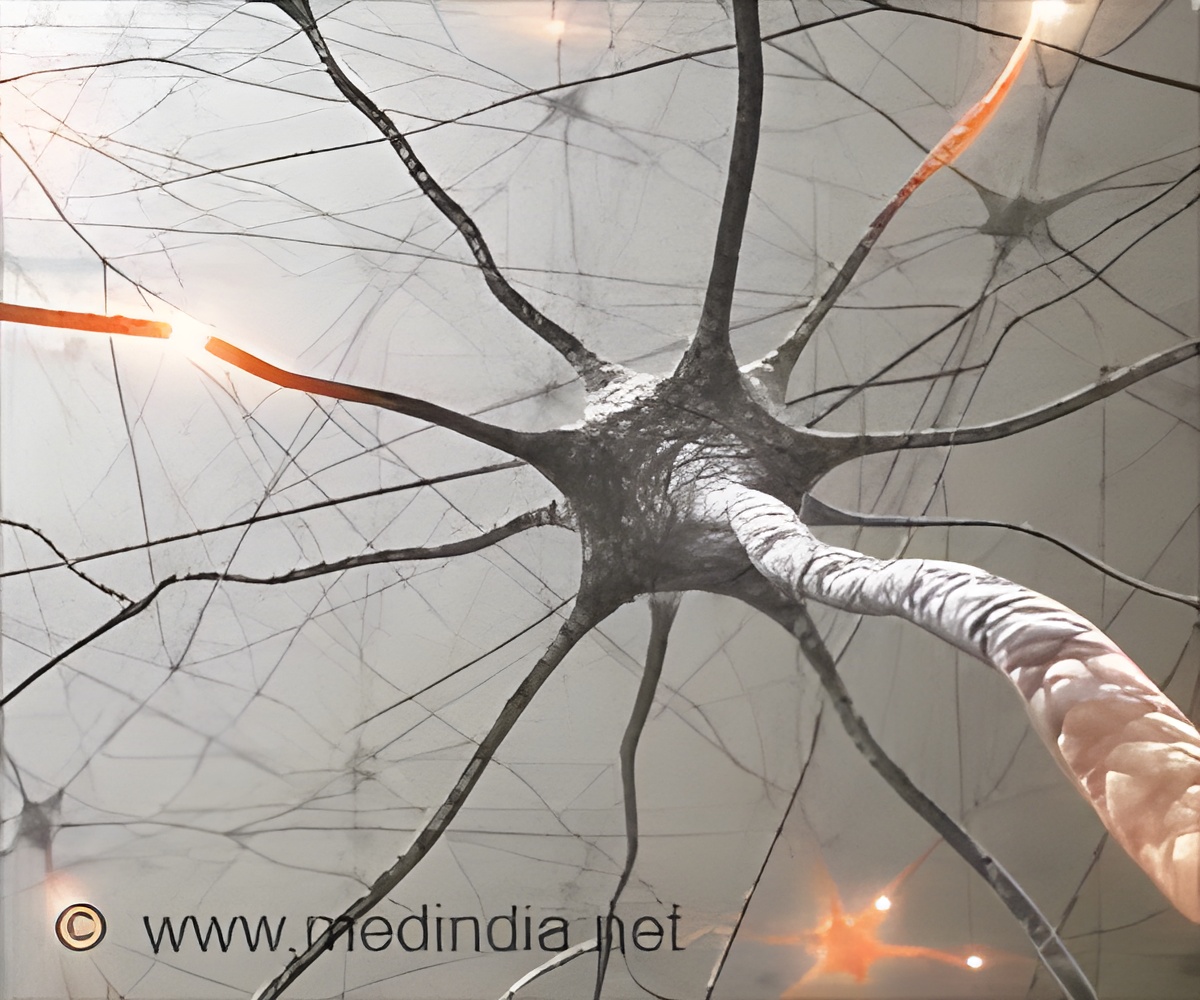
‘New genetic form of ALS has been discovered in children that links ALS to a fat manufacturing gene and maps out a genetic therapy. The results also suggest that genetically silencing SPTLC1 activity would be an effective strategy for combating this type of ALS and improve the lives of these children and young adults.’





There are several genetic forms of the disease. However, unlike most cases of ALS, the present study found a new variant where the disease began attacking the patients early during childhood, worsened more slowly than usual, and was linked to a gene, called SPTLC1. This gene is known to be a part of the body's fat production system, thereby revealing for the first time that ALS can be caused by changes in the way the body metabolizes lipids. Unique Variant of ALS
The study team utilized advanced genetic tools to read the patients' exomes, the sequences of DNA that hold the instructions for making proteins and thereby solve this most mysterious childhood neurological disorder.
The study group of patients appeared to have a different form of ALS where initial symptoms, like toe walking and spasticity, appeared at an early stage at four years of age. Moreover, by the end of the study, the patients had lived anywhere from five to 20 years longer, that is, slower progression of symptoms.
They found that these conspicuous changes in the DNA sequence of the SPLTC1 gene that was responsible for defects in manufacturing a diverse class of fats called sphingolipids. Four of the patients were found to have inherited these changes from a parent. Meanwhile, the other six cases appeared to be the result of what scientists call "de novo" mutations in the gene (spontaneously occur as cells rapidly multiply before or shortly after conception).
Advertisement
The SPLTC1 protein is a subunit of an enzyme, called SPT, which catalyzes the first of several reactions needed to make sphingolipids. Mutations in SPLTC1 are also known to cause a different neurological disorder called hereditary sensory and autonomic neuropathy type 1 (HSAN1).
Advertisement
HSAN1 mutations cause the enzyme to produce atypical and harmful versions of sphingolipids. However, blood tests from these patients showed no signs of the harmful sphingolipids.
On re-examining the blood samples from the ALS patients it was found that the levels of typical sphingolipids were abnormally high, suggesting that the ALS mutations enhanced SPT activity.
Similar results were seen when the researchers programmed neurons grown in Petri dishes to carry the ALS-causing mutations in SPLTC1. The mutant carrying neurons produced higher levels of typical sphingolipids than control cells. This difference was enhanced when the neurons were fed the amino acid serine, a key ingredient in the SPT reaction.
Based on the results, the study authors thereby recommended avoiding serine supplementation when treating ALS patients. Moreover, the study team also performed a series of experiments that showed that the ALS-causing mutations prevent another protein called ORMDL from inhibiting SPT activity.
"Our results suggest that these ALS patients are essentially living without a brake on SPT activity. SPT is controlled by a feedback loop. When sphingolipid levels are high then ORMDL proteins bind to and slow down SPT. The mutations these patients carry essentially short circuit this feedback loop. We thought that restoring this brake may be a good strategy for treating this type of ALS," says Dr. Teresa M. Dunn, Ph.D., professor and chair at USU, who led the study.
To test this idea, the team created small interfering strands of RNA designed to turn off the mutant SPLTC1 genes found in the patients. Experiments on the patients' skin cells showed that these RNA strands both reduced the levels of SPLTC1 gene activity and restored sphingosine levels to normal.
"These preliminary results suggest that we may be able to use a precision gene silencing strategy to treat patients with this type of ALS. In addition, we are also exploring other ways to step on the brake that slows SPT activity. Our ultimate goal is to translate these ideas into effective treatments for our patients who currently have no therapeutic options," says Dr. Carsten Bönnemann, M.D., senior investigator at the NIH's National Institute of Neurological Disorders and Stroke (NINDS) and a senior author of the study.
Source-Medindia

